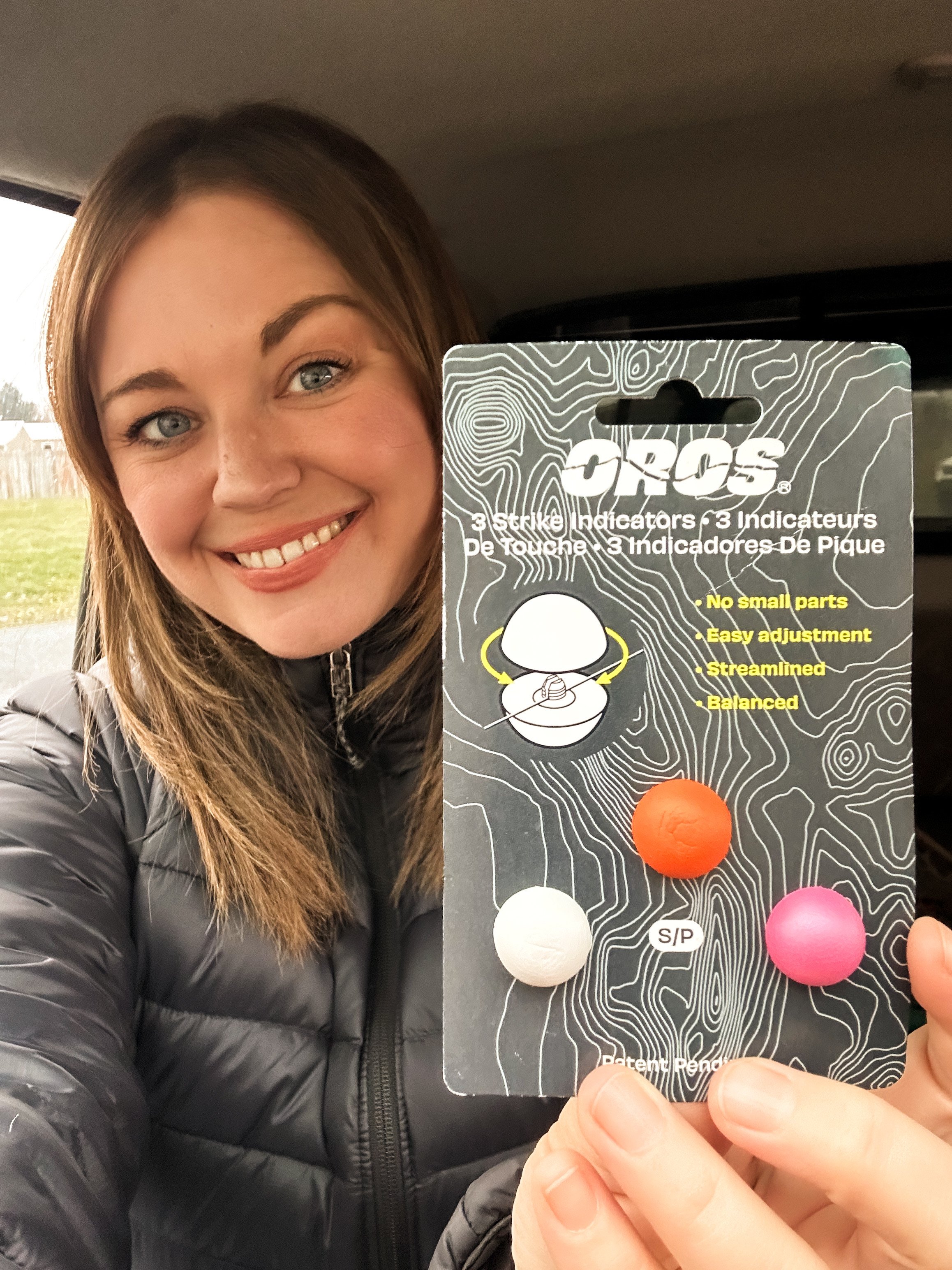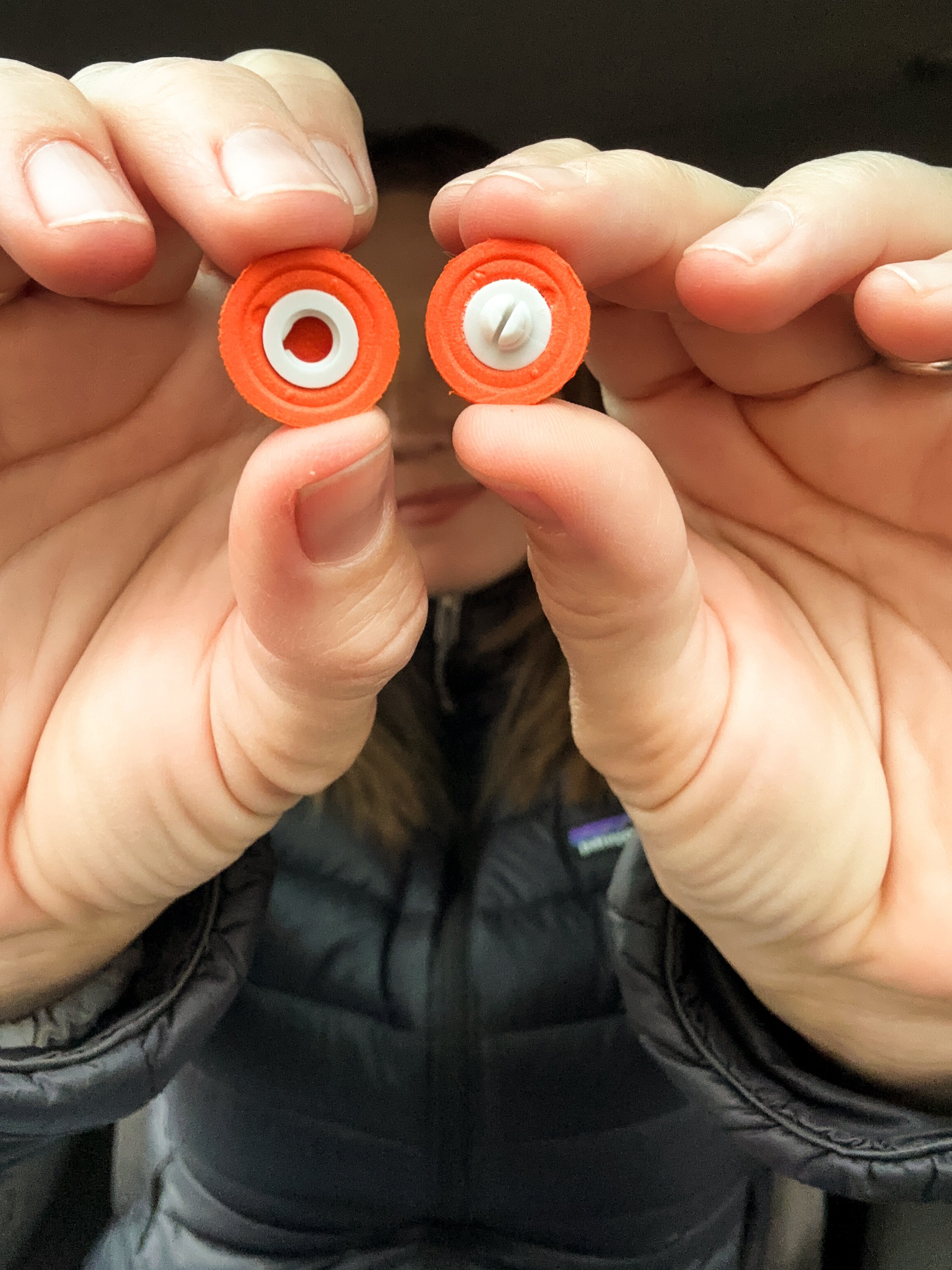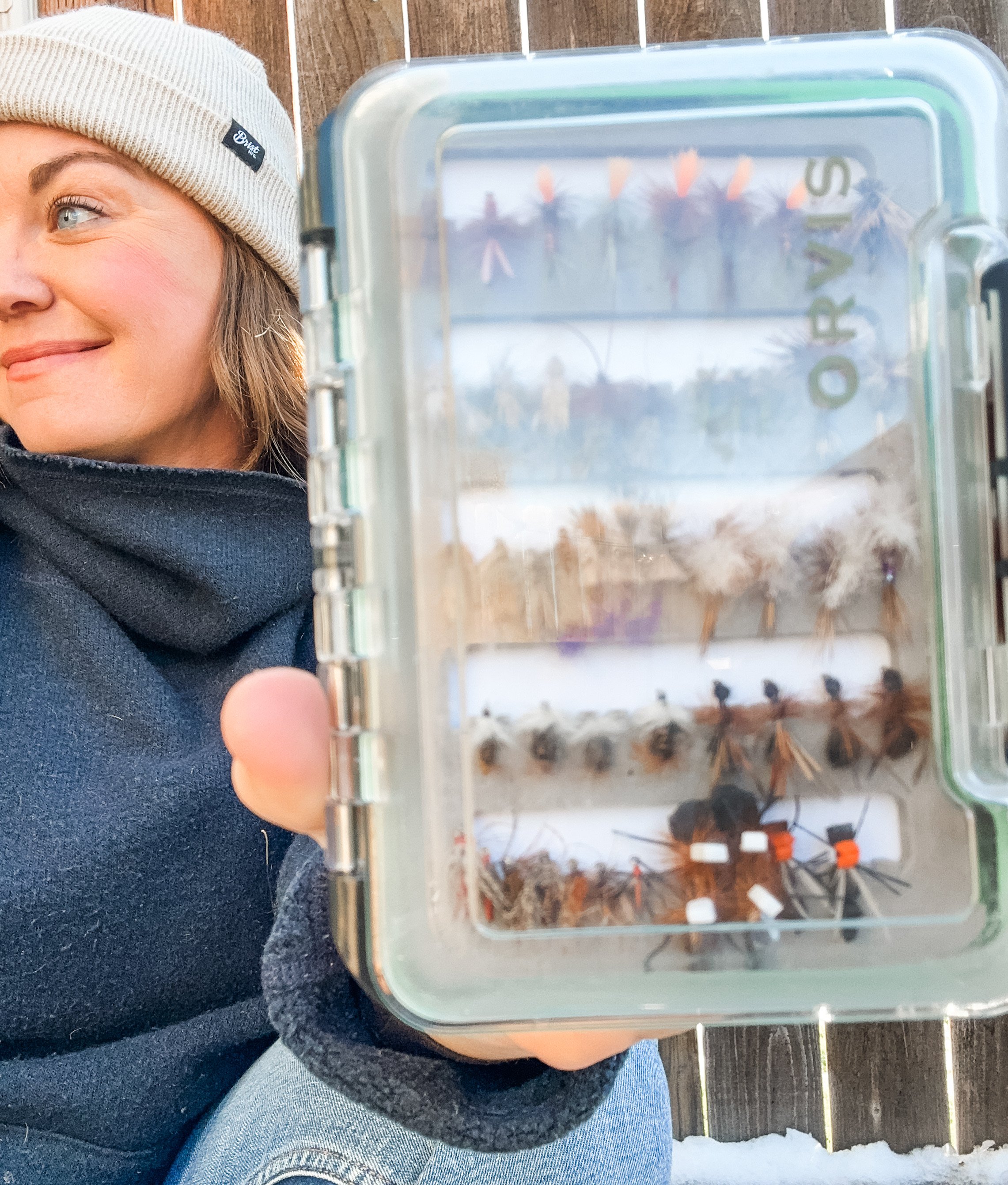Not All Bobbers Are Created Equal: Better Buy The Best.
Let’s start by clearing the air: “strike indicators” are indeed bobbers. You heard it here first. New fly anglers, in case there’s been any confusion based upon terminology and fly fish jargon being thrown around, make note. And in case you weren’t already aware, bobbers are in fact used by many while fly fishing. Check out this YouTube video from Orvis that shares some of the basics of beginner bobber fly fishing with nymphs. On to the subject at hand…
Is there a brand of fly fishing bobber that’s far superior to the others?
The short answer is yes, in my opinion, after using most all of the stylers of strike indicators on the market, the OROS design lands on top. Here’s why:
They’re easy to adjust on your rig. One of the banes of indicator nymph fishing is that it can require a fair amount of readjustment in order to ensure that your rig is the correct length while presenting your fly within the “strike zone”(areas where fish are present and feeding). Even more, if you’re nymphing on a stretch of water where there are distinct changes in water depth, readjusting the length between your bobber and fly is oftentimes necessary. The OROS design makes it incredibly easy to move your bobber up and down the length of your leader, making it simple and easy to execute those changes when needed.
They don’t kink your leader. While not always the case, there are various bobber designs that wind up bending your leader, leaving behind a kink and disruption within the smooth quality of your presentation once the bobber’s removed. The OROS design completely avoids creating any pesky bends in your leader.
They stay in place. If you haven’t experienced the headache of an indicator regularly sliding up and down your leader consider yourself lucky. OROS, when tightened appropriately, always manage to stay secured in place. A serious win.
They’re durable. What can I say, I just recently picked up a new three pack while going into the winter season which also happens to be my most heavy nymph fishing season, but I’ve had the same handful of OROS indicators for two years and they remain to be in great working order.
They’re user friendly. A feature that may be my #1, the OROS design is generally quite easy to handle, even for those of us who may not have the most nimble of fingers. While the fine tune motor skills required within fly fishing can serve as a barrier for plenty, these bobbers most definitely do their best to contribute to a greater landscape of accessibility.
Want to see the OROS in action along with an in-depth product review? Check out this share from Mad Rivers Outfitters on YouTube, another one of my favorite channels to explore for useful education and information. Click here to learn more about the OROS Strike Indicators on their website. Happy fishing, friends!
Fly Fish + Hiking Fly Box Essentials
For those who love both day trip and multi-day hiking and fly fishing excursions, maximizing space in your backpack while ensuring that all of the essentials are along for the ride is critical. I’m certainly an angler who has oh so many fly boxes(too many fly boxes?), but when I’m hiking substantially longer distances to fish I tend to take a very different approach. Rather than filling up precious cargo space in my bag with multiple fly boxes, I prefer to carry one single box that checks all of the boxes. Because let’s be honest, snacks, water, and plenty of clothing layers need to be a priority. Check out how I go about organizing my hike and fly fish box….
Streamers
While everyone has their own methods and tactics when approaching the water, whether fishing a new destination or a regular hometown stretch, I’m often one who opts for small streamers while prospecting for trout. These flies which are typically fashioned to imitate small baitfish are incredibly versatile and can be fished in a variety of ways both on still water(lakes and reservoirs) as well as rivers and streams. Check out this YouTube video from Orvis that serves as a great ‘how to’ highlighting streamer fishing for trout. I typically equip myself with several sizes and color variations of each pattern, leaning towards more natural colors(white, olive, tan, and black).
The top three streamers that always make it into my box:
Conehead Woolly Bugger
Egg Sucking Leech
Mini Sculpzilla
Dry Flies
Oftentimes the style of fly that’s most frequently associated with fly fishing, arming yourself with a solid array of versatile dry flies, whether they fall beneath the category of mayflies, caddis flies, stoneflies, midges, or terrestrials is essential. While many fly anglers have numerous fly boxes filled exclusively with dry fly variations, when embarking upon more streamlined ventures it’s important to narrow it down to a well-rounded and simplified assortment that’s appropriate for the season. The overarching subject of dry flies tends to be rather vast, but this beginners guide to fly fishing dry flies is a great starting point.
The top SIX that always make it into my box(because I couldn’t just pick three):
X-Caddis(olive)
Stimulator(orange and/or yellow)
Purple Haze
Sparkle Dun(variation dependent upon the season)
Foam and/or Flying Ant
Renegade
Nymphs & Wet Flies
For those who’re new to the sport of fly fishing, what you may not realize is that the mass majority of the daily diet for a trout is acquired from subsurface food sources in the water. That’s where nymphs and wet flies step in. Variations of these fly patterns that are fished anywhere between the area just below surface of the water in the “film” or deep into the water column, even bouncing off of bottom, are incredibly productive. While there are many methods and techniques for fishing nymphs and wet flies, this video introduction to nymph and wet fly fishing, also created by Orvis, offers a firm foundation.
The top three nymphs that always make it into my box:
Sexy Walt’s Worm
Matchstick Quill Jig
Lite Brite(Purple and/or Pink)
The top three wet flies that always make it into my box:
Gold Ribbed Hares Ear
Red Ass Kelso
Birds Nest
Another important area to note is that in some circumstances hiking to fly fishing destinations can present some combination of biodiversity and elevation changes to be taken into account. If your outing is going to include a notable shift in environments don’t forget to bring along fly variations that speak to those particular environments that you may encounter. The flies that I tend to fish at 4000ft is at times quite a bit different from what I’m fishing at 8000ft on any given day. And even if you don’t live in a mountainous area potential changes in the ecosystem can certainly play a role in what insects are present, the temperature and condition of the water, and the behavior of the fish.
Stay tuned for some upcoming articles that dig a bit deeper into all of the fly fish and hiking gear, equipment, and apparel that I happen to love, as well as other pieces that highlight functional movement, mobility, and mindfulness methods to support your hikes while fly fishing. Winter can serve as a fantastic time to research, plan and plot, and get geared up for the upcoming Summer season ahead.





